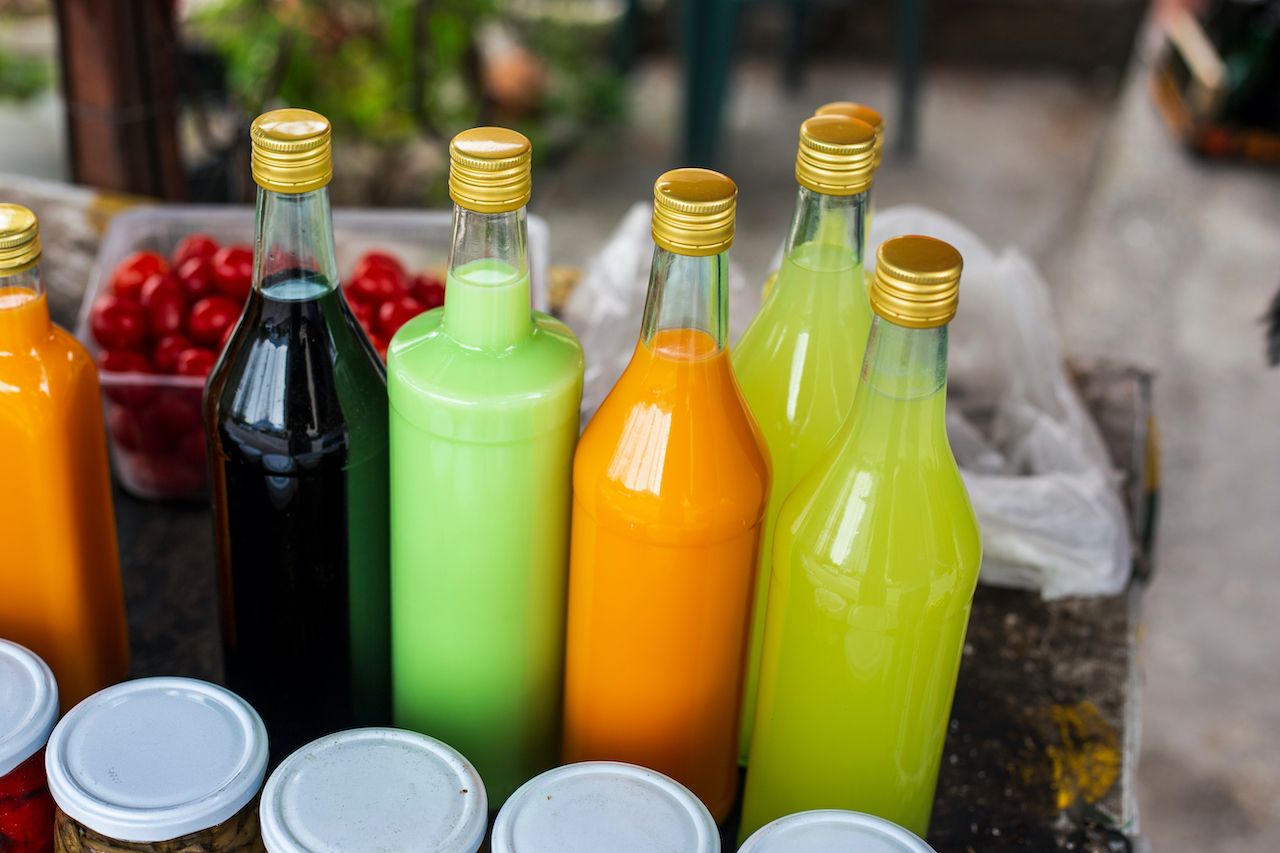It shouldn’t come as a surprise that, in Italy, spirits (or “liquori” as the locals call them), are essential on drink menus at trattorias, osterias, and bars. Some of the most notable among the various bitter amari are the many regional “cello” liqueurs.
Limoncello — a liqueur made from lemons that’s traditionally produced in Capri, the Amalfi Coast, and Naples — is the most popular and well- known of these “cello” liqueurs. The not so secret ingredient to a good limoncello is the sfusato amalfitano lemon, which grows in the Campania region of Italy. The large, sweet, thick-skinned, and wrinkly lemons are unlike any other in the world.





